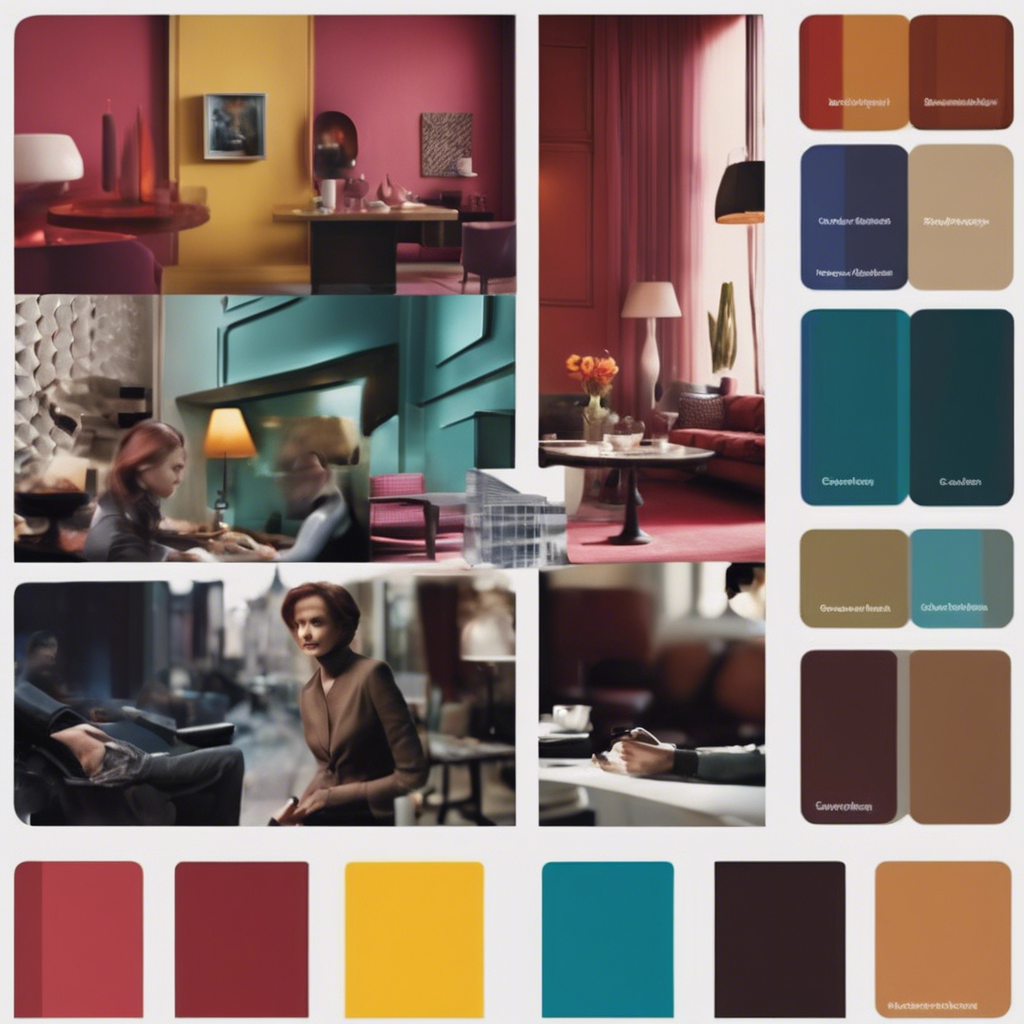Understanding Colour Psychology and Gestalt Theory in Design
- Eddie Ramirez
- Aug 2, 2024
- 3 min read
Unveiling the Influence of Colour Psychology
One fundamental aspect of design that greatly influences how individuals perceive and interact with visuals is the strategic implementation of colour. Colour psychology is the study of how different colours elicit specific emotional responses and behaviors in individuals. Each colour possesses its own unique psychological associations, deeply rooted in cultural, evolutionary, and personal contexts. By understanding the psychological effects of colours, designers can strategically choose colour schemes to evoke desired emotions and responses from their target audience.
Red:
Bold and dynamic, red is often associated with passion, energy, and urgency.
It can be used to grab attention or convey a sense of excitement.
Blue:
Calm and serene, blue evokes feelings of trust, stability, and professionalism.
Commonly used in corporate designs to instill a sense of reliability.
Yellow:
Cheerful and optimistic, yellow is linked to happiness, warmth, and creativity.
Incorporating yellow can add a playful and vibrant touch to designs.
Green:
Symbolizing growth, harmony, and nature, green promotes feelings of balance and tranquility.
Frequently used in environmental or wellness-related designs.
Purple:
Royalty and luxury are often associated with purple, as well as creativity and spirituality.
This color can introduce a sense of elegance and sophistication.
Exploring Gestalt Theory in Design
Gestalt theory focuses on how humans perceive visual elements as a whole, emphasizing that the whole is greater than the sum of its parts. In design, applying Gestalt principles can enhance visual appeal, streamline communication, and create cohesive compositions.
Proximity:
Elements placed close together are perceived as related.
Utilize proximity to group related elements and establish visual hierarchy.
Similarity:
Elements that share similar attributes are perceived as belonging to the same group.
Leveraging similarity can create visual cohesion and guide the viewer's focus.
Closure:
The mind tends to fill in missing information to perceive complete shapes.
Play with closure to create intriguing visuals and engage the viewer's imagination.
Continuity:
Elements arranged in a smooth, continuous flow are perceived as more pleasing.
Employ continuity to lead the viewer's eye through the design fluidly.
Designing with Intent: Tips for Strategic Colour Usage
Understand Your Audience : Consider the demographics, preferences, and cultural backgrounds of your target audience when selecting colours to ensure resonance.
Maintain Contrast : Opt for contrasting colours to highlight important elements and create visual interest within your design.
Balance and Harmony : Combine colours harmoniously to evoke specific emotions and maintain a visually pleasing composition.
A/B Testing : Experiment with different colour schemes through A/B testing to determine which resonates best with your audience.
In conclusion, the fusion of colour psychology and Gestalt theory in design grants designers the tools to not only create visually captivating compositions but also evoke desired emotions and responses from viewers. By harnessing the strategic power of colour and understanding how humans perceive visual elements, designers can craft immersive experiences that leave a lasting impression on their audience.
Remember, every design choice you make, from colour selection to layout composition, contributes to the overall message and impact of your design pieces. So, embrace the interplay of colour psychology and Gestalt theory in your design journey, and let your creations speak volumes through the language of colours!

Would you like to deepen your understanding of Gestalt theory and colour psychology in design? Dive into the captivating world of design where every hue tells a story, and every composition whispers a message of its own. Let your creativity soar, guided by the harmonious blend of psychology and aesthetics!




Comments